photo by Hasain Rasheed.
Putting the Pieces Together
Since 1900, the land in and around what is now Big Basin Redwoods State Park has been a priority for Sempervirens Fund to protect. Sempervirens Fund launched the redwoods conservation movement with the initial campaign that established Big Basin and launched the California State Park system in 1902. Over many decades we have protected most of the parks’ more than 18,000 acres. In the 1980s, the Road to the Redwoods campaign culminated in protecting land which expanded the southern entrance to the park.
On January 31, 2022, thanks to supporters and partners of the urgent Campaign to Preserve the Gateway to Big Basin, we were able to continue our commitment to protecting redwood forests, for Big Basin, and in the Santa Cruz mountains. This once-in-a-generation opportunity secured the future of critical forests and waterways—home to countless species—and connected to Big Basin Redwoods State Park, for generations more to enjoy.
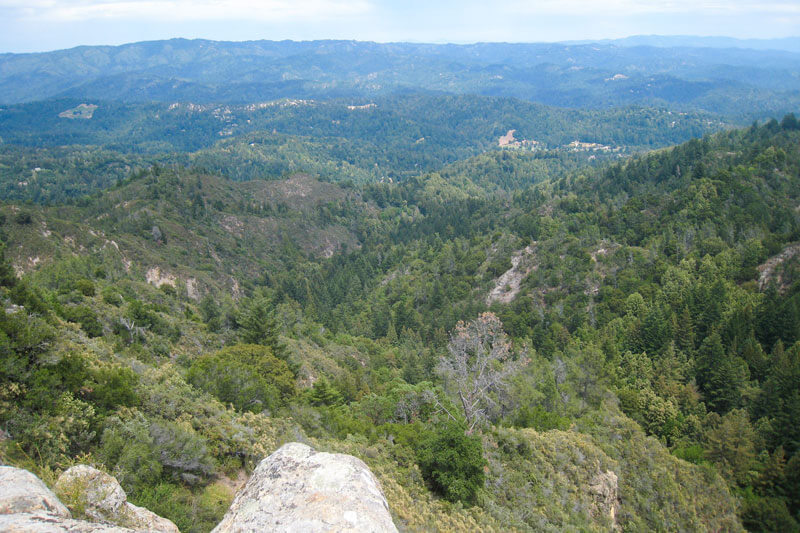
The Gateway
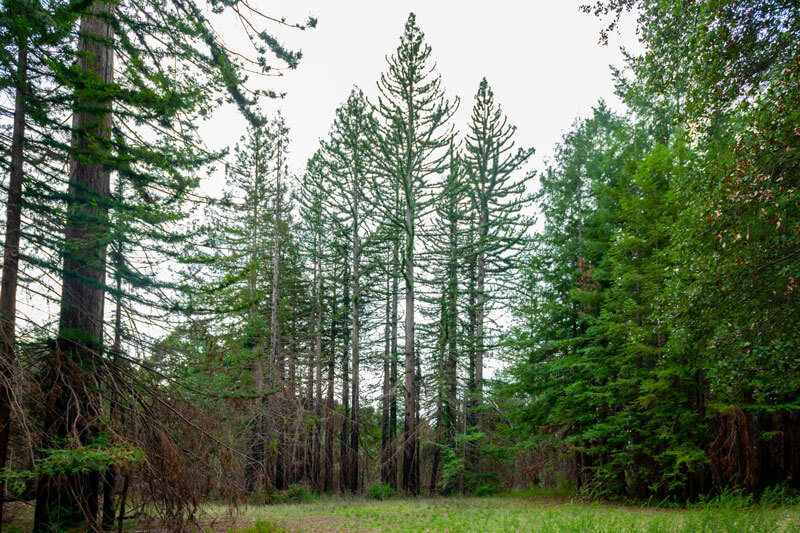
Once clear-cut and later heaped with debris, the Gateway to Big Basin’s 153-acres of second-growth forest is healthy, laced with creeks, canyons, meadows, and a spring. It is also the scenic setting leading into Big Basin Redwoods State Park. The Gateway's proximity to the state’s oldest park made its precious resources all the more paramount to protect. Just as redwoods are stronger together—shielding, anchoring, and nurturing one another—so too are the forests, waterways, and habitats. By protecting connected lands the collective health and resilience of the forests, watersheds, and wildlife can better withstand challenges ahead, like drought, fires, and higher temperatures.
With so much at stake and under unprecedented circumstances, we had to make sure that the Gateway’s precious resources were protected and could help the forests of the Santa Cruz mountains endure the climate challenges ahead.
Here are key ways we will care for the ecosystem of the Gateway to Big Basin,
preserved for Big Basin, for wildlife, for all, forever.
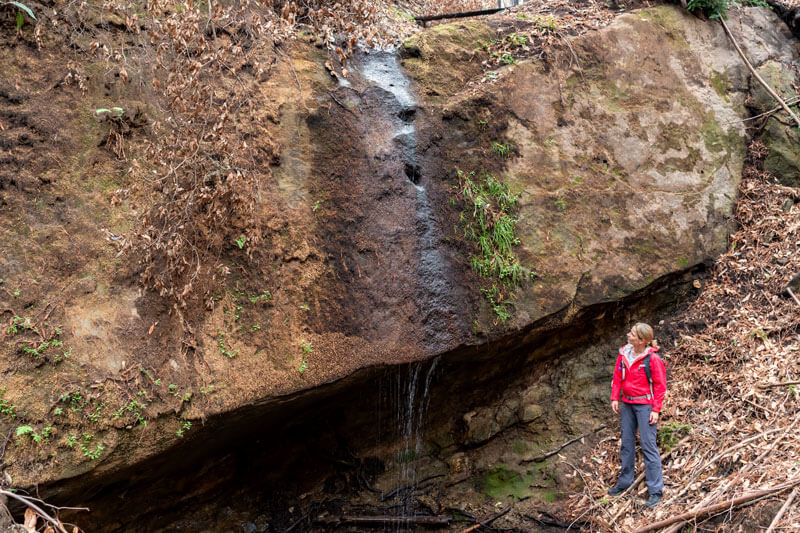
Sources of Water
From the Gateway’s three forested ridges to the ocean, water flows down through the Gateway into waterfalls and creeks, and through canyons. Here, headwaters merge with waterways from Big Basin to form the Boulder Creek watershed and the San Lorenzo River, the largest waterway in the Santa Cruz mountains and habitat for threatened species like coho salmon and steelhead trout. Protecting watersheds—the land that brings water sources together—is increasingly critical for people, plants, and wildlife alike, especially as we experience more drought due to climate change.
To ensure that the health of the watershed—and of the whole forest—is cared for, we will work to reduce sediment and debris from eroding into the creeks and remove invasive plants that can choke the waterways—and even mighty redwoods.
Redwoods
From roots to leaf tips, healthy coast redwoods are natural guardians for habitats in their understory. For example, they help gather, clean and share water and nutrients throughout the forest—feeding the habitats within and helping to keep temperatures cooler through fog and rain. At the Gateway to Big Basin, redwoods—which burned less severely in the 2020 CZU fire than in the neighboring park—will recover more quickly and continue to support the plants and wildlife that rely on them so they won’t disappear from the area. These redwoods can provide a refuge for wildlife from heat and drought as well as create crucial water habitat for species including threatened coho salmon and steelhead trout.
To ensure the health of the forests, we will conduct botanical surveys to identify rare and endangered plants in the forest to preserve, as well as invasive species to remove, like clematis vitalba or “old man’s beard,” which can quickly overtake the forest including redwoods.
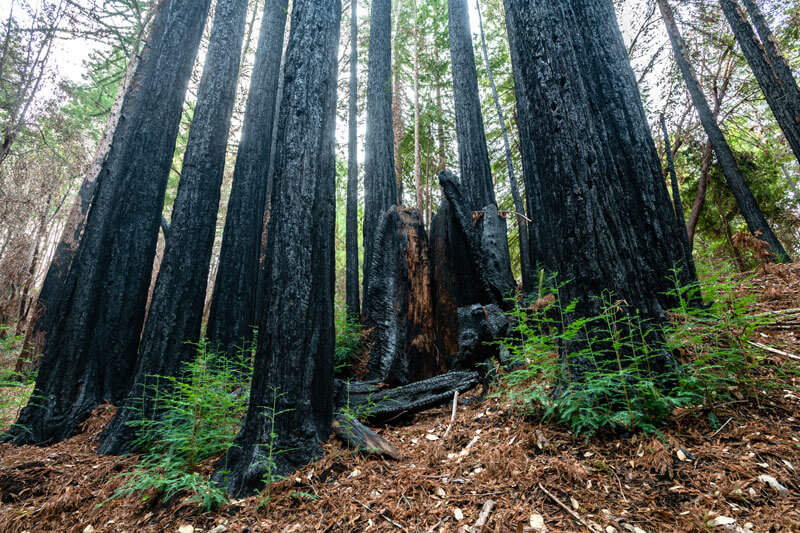
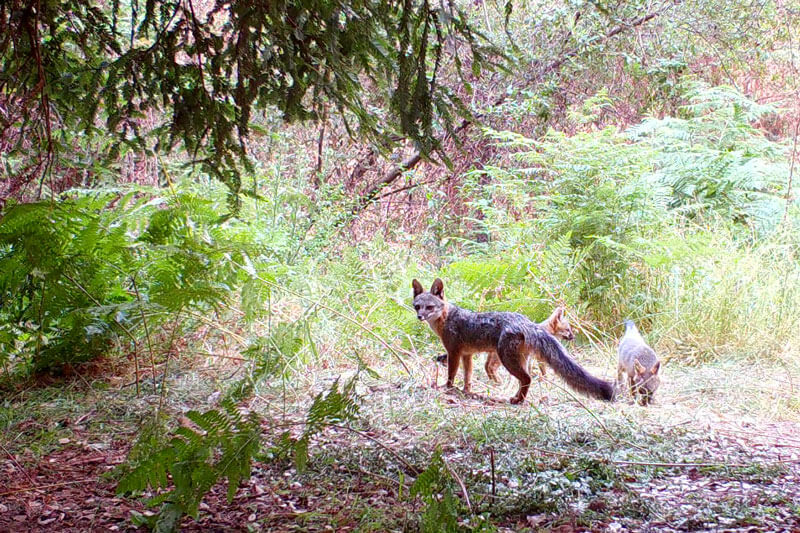
Wildlife
Wildlife not only need habitat to survive, they need room to move and roam. Connecting protected natural lands helps wildlife access the resources they need like water, food, and shelter—as well as an emergency exit to move to safety when faced with natural disasters. Protecting the Gateway to Big Basin’s 153-acres will preserve an important wildlife corridor for animals, like mountain lions and grey foxes, to access thousands of acres of protected habitat from the mountains to the sea.
To ensure wildlife are supported, we will monitor wildlife through stewardship assessments, motion-sensor cameras, and acoustic monitoring to identify which creatures are utilizing the Gateway to Big Basin and how we can best support ideal habitat conditions, especially for rare and threatened species.
Seedbank
Douglas firs are second only to coast redwoods for tallest tree species in the world. Unfortunately, Douglas firs aren’t as fire-adapted as coast redwoods and many have or will likely succumb to the damage of intense wildfire. After fire, they won’t be able to resprout from roots, trunks, or branches as redwoods can.
To ensure Douglas firs can be re-established in the region, healthy seeds can be harvested from a rare pocket of surviving mature second-growth Douglas fir stands at the Gateway to Big Basin--which survived the fire in a pocket that burned less severely than surrounding areas--to grow into seedlings for reforesting areas in Big Basin State Park if needed.
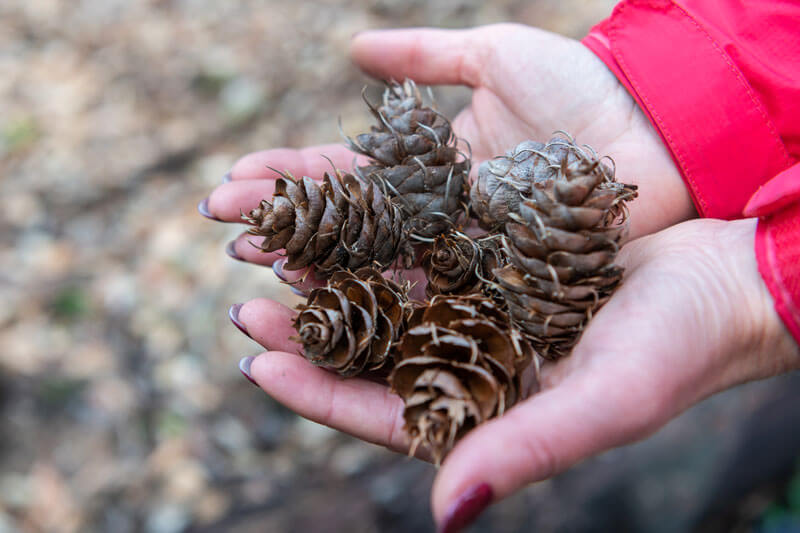
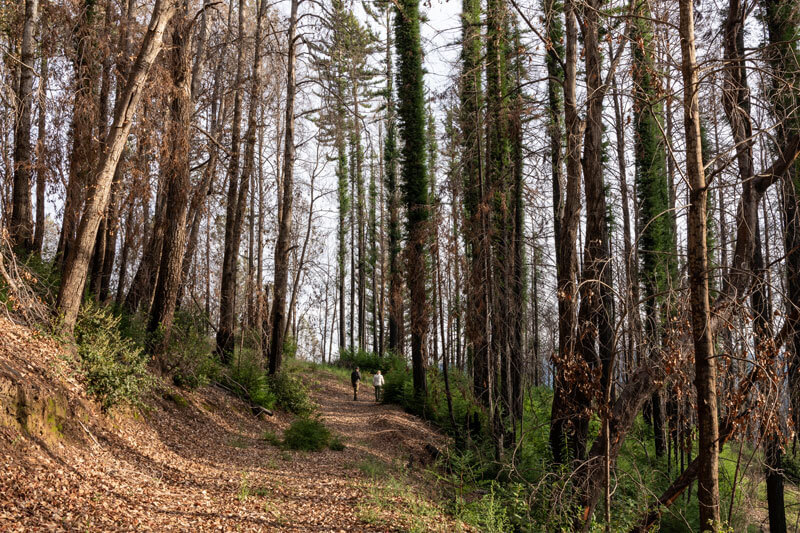
Reimagining Big Basin
The road to Big Basin Redwoods State Park, Highway 236, winds right through the Gateway to Big Basin’s forested ridges making it the scenic entranceway to California’s oldest state park. Preserving the Gateway property not only protected the scenic entrance and its resources forever, it also is a critical piece increasing options for future park visitor services as California State Parks is Reimagining Big Basin after the CZU fire.
Imagine hiking and camping experiences for all among the Gateway’s forests, creeks, and meadows. California State Parks have indicated that this property aligns with their expectations for the future of the adjacent Big Basin Redwoods State Park, as they plan for its recovery from fire, reopening the park to the public, and management of both the park’s natural resources and recreational and interpretive experiences.
To ensure that Big Basin Redwoods State Park's forest and wildlife are supported and protected, in the face of climate change and increasing wildfires for us all, you can help to Reimagine Big Basin and donate to protect more lands like these around the park.